 Ryakubon Temae
Ryakubon Temae Ro Usucha Hakobi Temae
Ro Usucha Hakobi Temae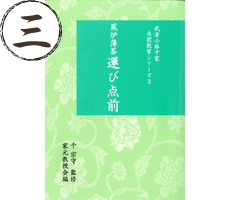 Furo Usucha Hakobi Temae
Furo Usucha Hakobi Temae Ro Koicha Temae
Ro Koicha Temae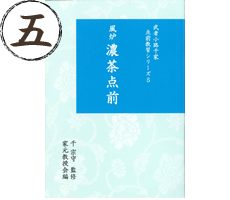 Furo Koicha Temae
Furo Koicha Temae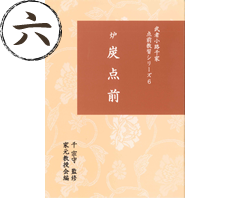 Ro Sumitemae
Ro Sumitemae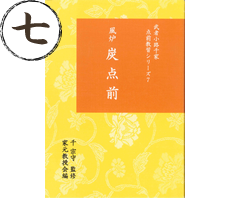 Furo Sumitemae
Furo Sumitemae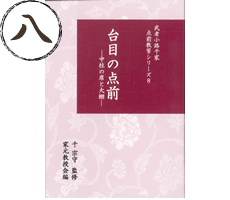 Daime no Temae
Daime no Temae

In present day, there are many kinds of water heaters and thermoses, so tea can be enjoyed without needing a ro (hearth) or furo (furnace) for boiling water. These new ways to boil water allow one to present the tea ceremony on a tray to be enjoyed outside or in western style rooms, not just within a tea room. In modern life, people are quite familiar with tea ceremony etiquette, making now a good time for thorough knowledge on the subject.

When one begins learning the tea ceremony, the first step is guest etiquette, then begins usucha temae (making the tea) with whisking the usucha (thin green tea).
Usucha temae is where training starts and is the base for all rituals within the ceremony, making it very important.
Usucha temae is where training starts and is the base for all rituals within the ceremony, making it very important.

Around the first days of summer, (May 5th) the ro (hearth) that is set in the floor of tea rooms is closed and replaced with furo (furnace), for the enjoyment of shoburo (the first tea of summer). The decorative hanging scroll, flowers and vase add to the fresh feeling of early summer. The furo temae (tea ceremony using a furnace) continues for six months from shoburo through mid-summer until nagori no cha in October. This temae differs from ro (ceremony using a hearth) as the host is rarely able to face the guests, fostering a more “reserved” atmosphere.

An example of a formal tea ceremony (takes about 4 hours), would be one in which each guest drinks koicha (thick green tea) from the same teacup. Time is taken starting with sumitemae (charcoal setting procedure), guests are given kaiseki-ryori (a traditional Japanese course meal) and the host concentrates all their focus on making the koicha to ensure each guest is able to enjoy each sip of tea at its most delicious.














